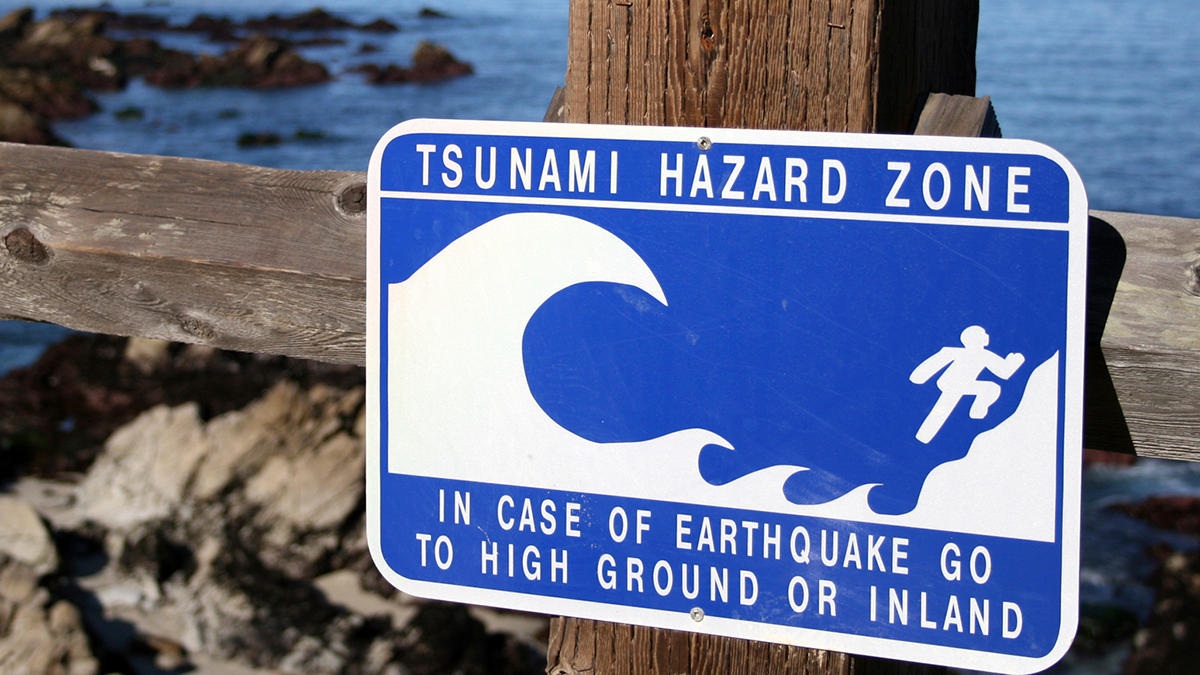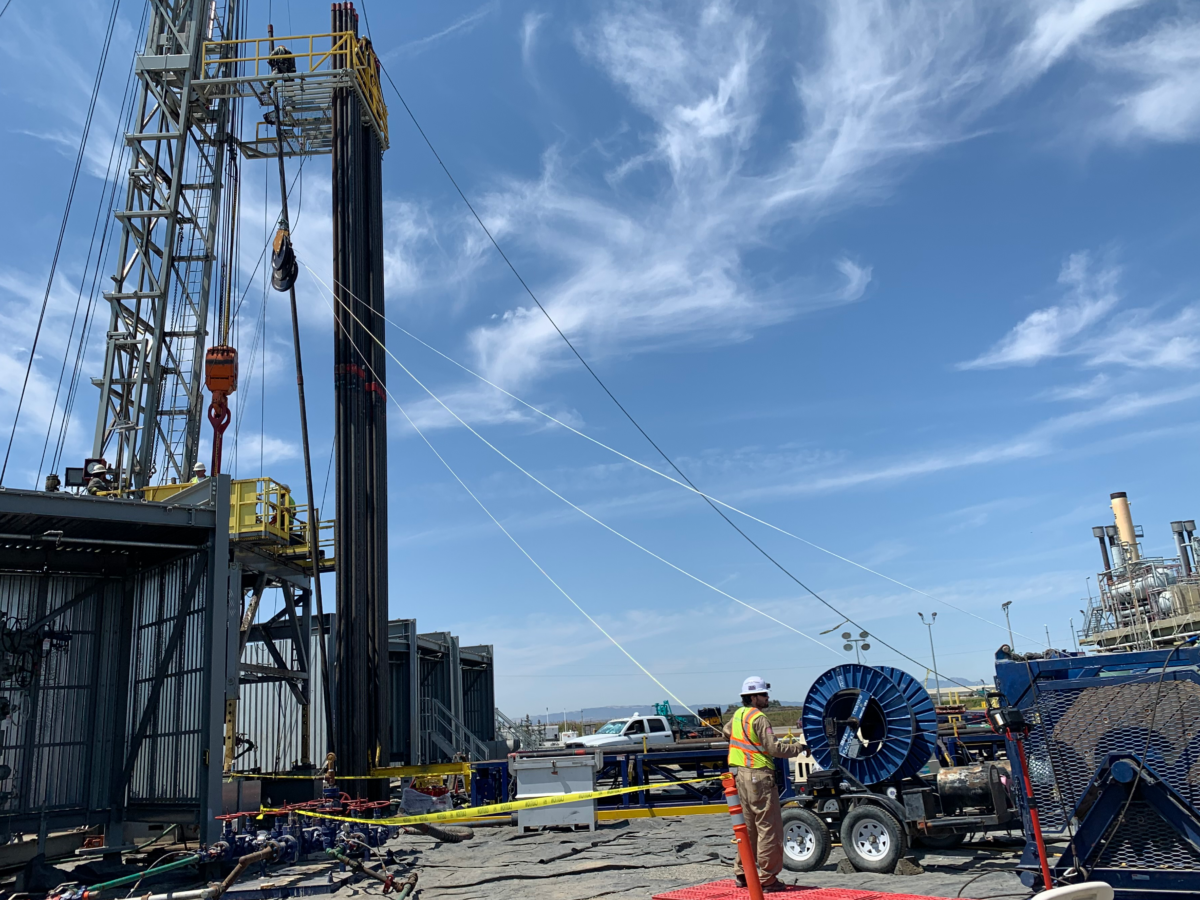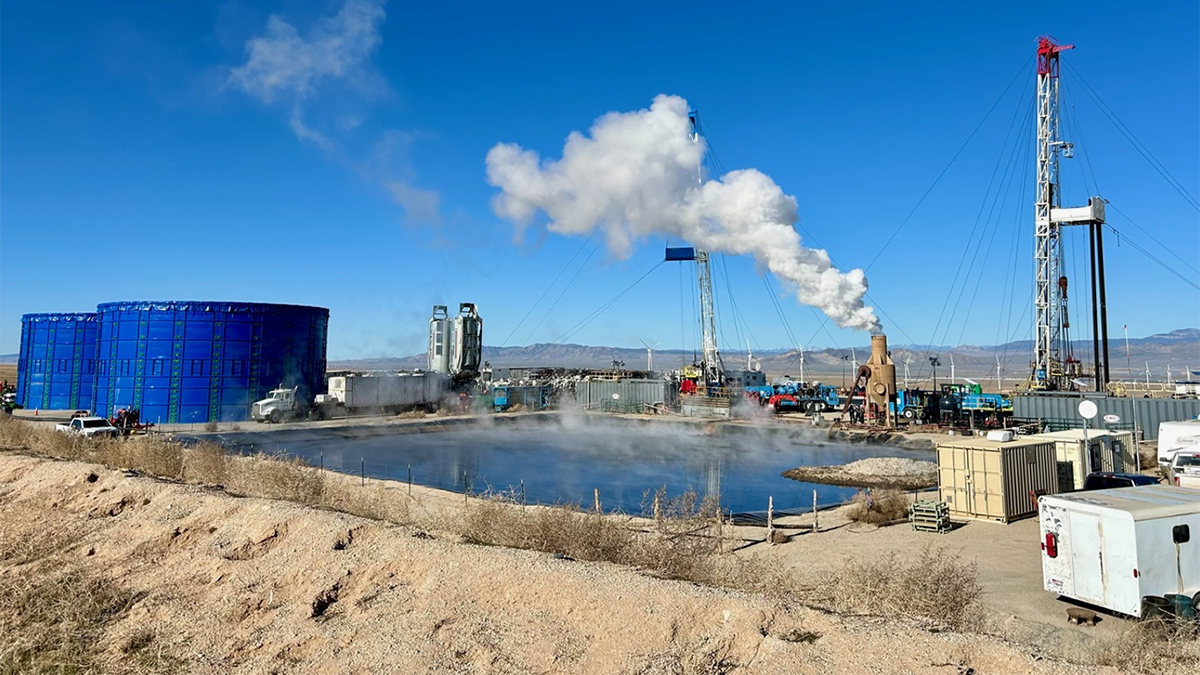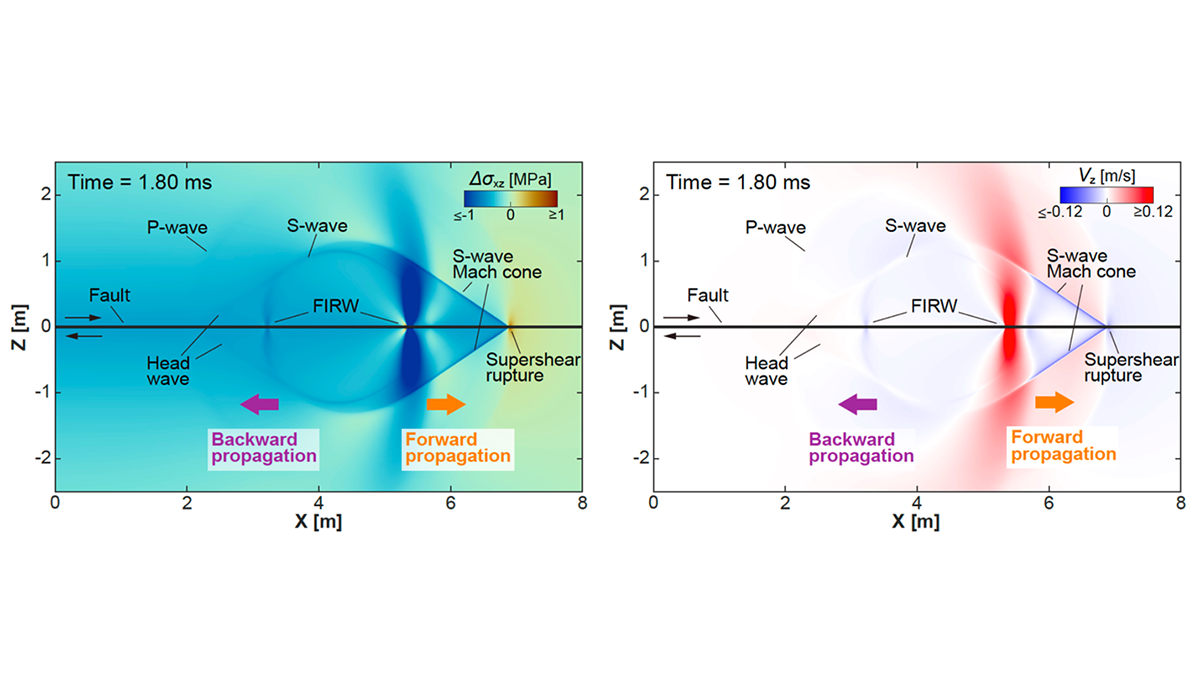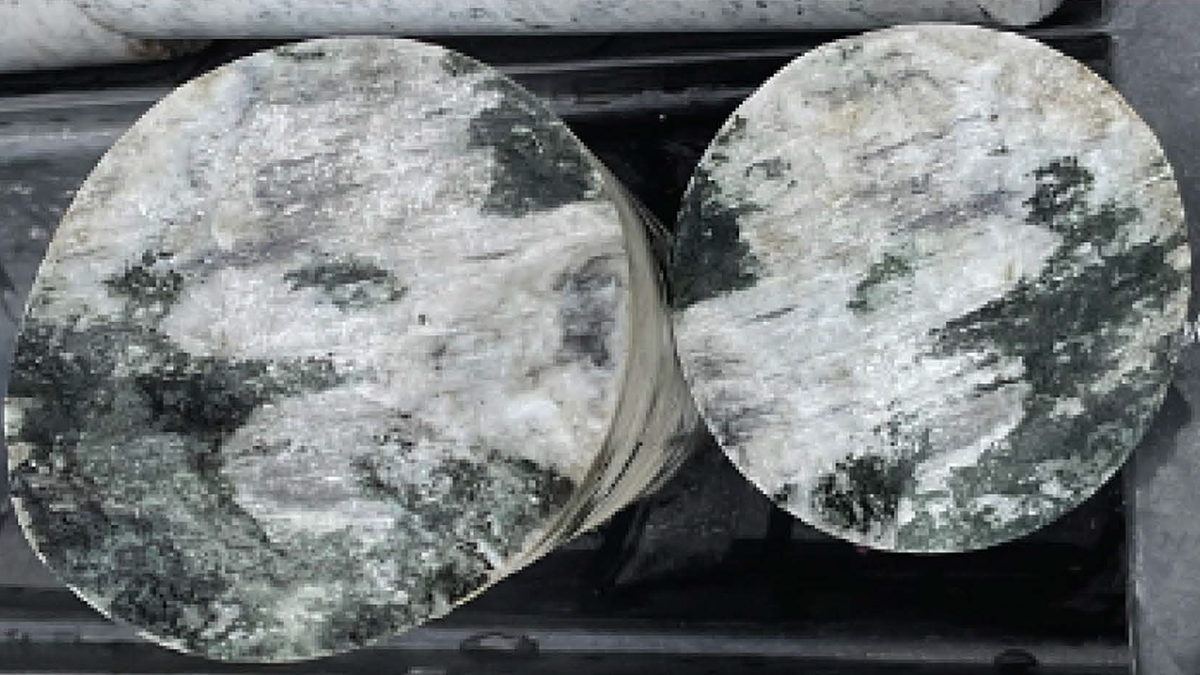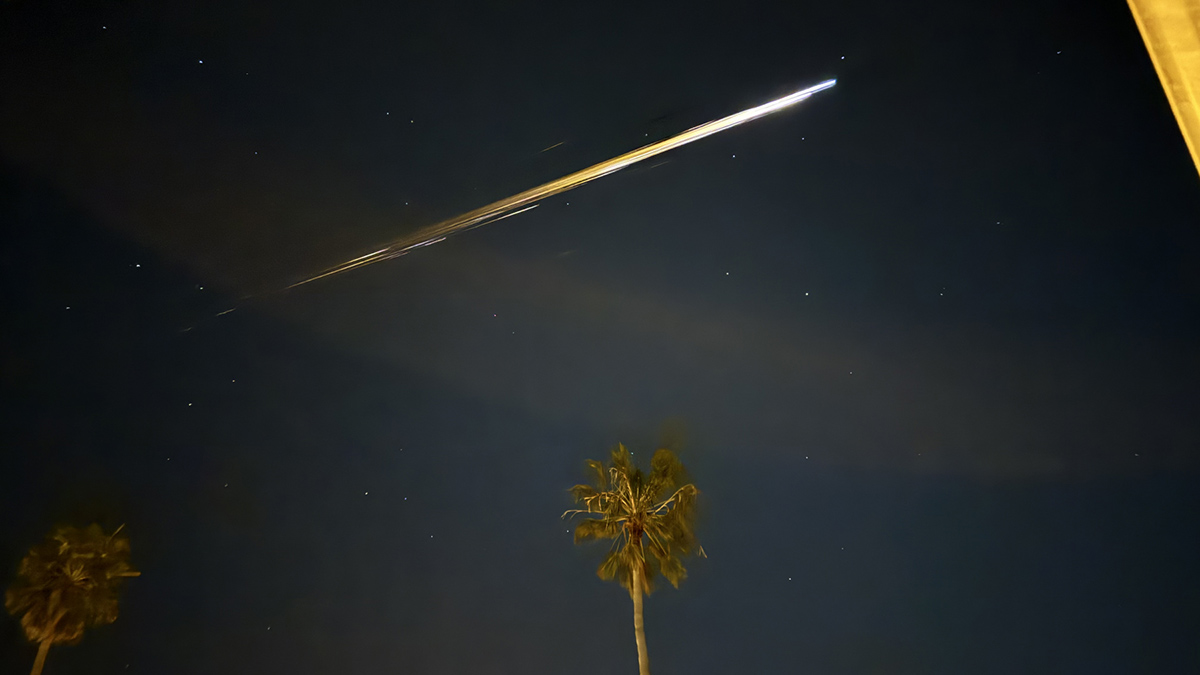The Landslide Blog is written by Dave Petley, who is widely recognized as a world leader in the study and management of landslides. In a paper just published in the journal Natural Hazards and Earth System Sciences, Chang et al. (2025) describe the 16 October 2022 Cilan Landslide in Taiwan. The research is fascinating, using […]
seismology
T-waves May Improve Tsunami Early Warning Systems
A unique acoustic wave related to the generation of tsunamis could be used to enhance early warning systems.
Deep Beneath California’s Sierra Nevada, Earth’s Lithosphere May Be Peeling Away
Evidence for lithospheric foundering, or the process of denser material sinking into the mantle, is emerging.
Listening to Earth’s Subsurface with Distributed Acoustic Sensing
A new book examines how fiber-optic cables installed in boreholes can monitor seismic activity, fluid flow, subsurface temperatures, and more.
Guidelines for Managing Induced Seismicity Risks
Consolidating state-of-the-art science into guidelines provides a path forward for managing induced seismicity risks and highlights avenues for future research.
Rewinding the Fault: Stress Perturbations Promote Back-Propagating Ruptures
Free surface reflection and fault geometric asperities can excite backward propagation in the form of an interface wave or high-order re-rupture.
Diverse Seismic Response in Hectometer-Scale Fracture System
An underground experiment with multi-stage stimulations reveals diverse seismic responses within a complex hectometer-scale fracture network, shedding light on induced seismicity behaviors at field scale.
Seismometers Track Atmospheric Shock Waves from Incoming Space Debris
A Chinese spacecraft that burned up high over Los Angeles created a sonic trail detected by ground-based sensors.
120 Years of Geodetic Data on Kīlauea’s Décollement
A new study explores the deformation and stress changes of Kīlauea’s décollement from 1898 to 2018 by collating an unprecedented 120 years of geodetic data.
Three Ways to Track Venusquakes, from Balloons to Satellites
The planet’s harsh conditions make studying seismicity challenging, but it is likely possible.


